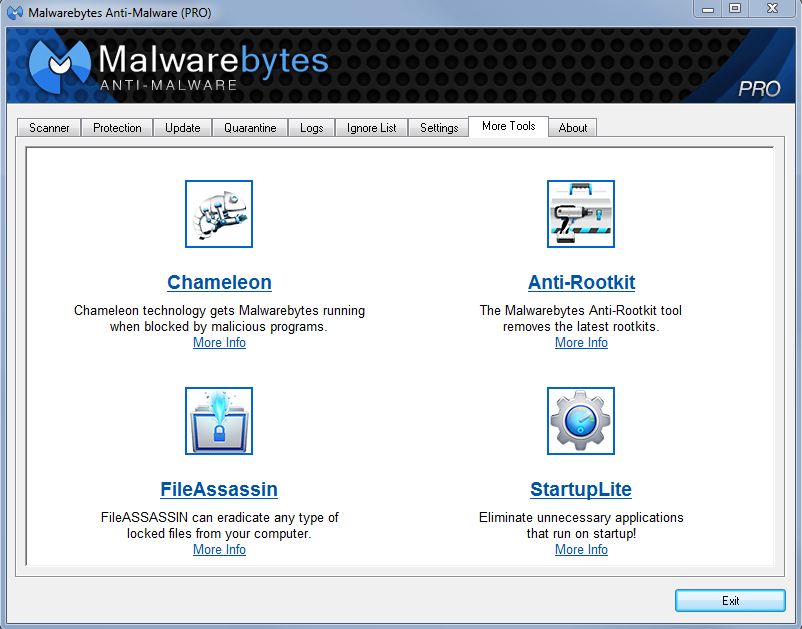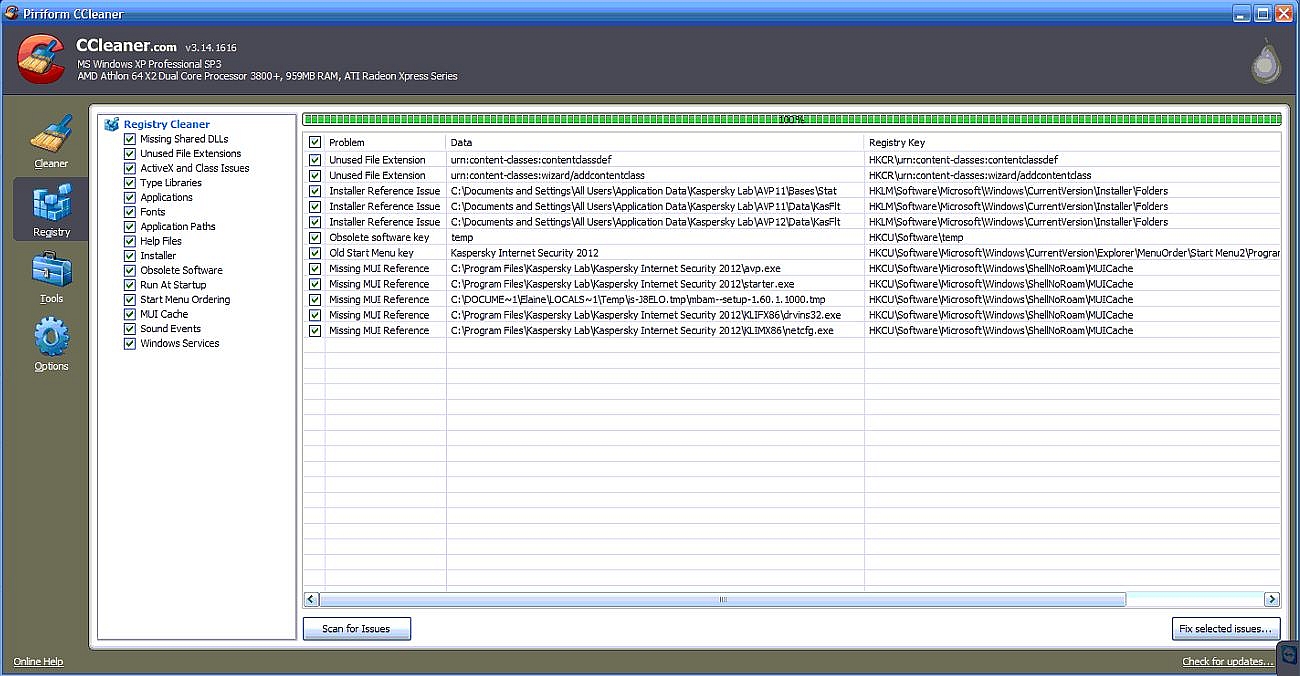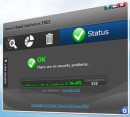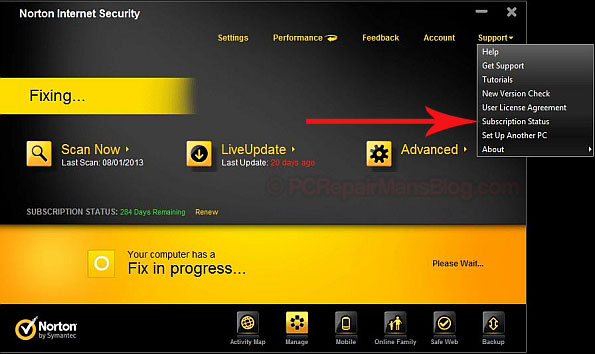 OK, let’s look at what the differences are in the versions of AVG antivirus. First off, the free version has EXACTLY THE SAME virus and spyware scanning detection and removal as its paid-for counterpart. The difference lies in the added extras. Here’s what you currently get with the free version:
OK, let’s look at what the differences are in the versions of AVG antivirus. First off, the free version has EXACTLY THE SAME virus and spyware scanning detection and removal as its paid-for counterpart. The difference lies in the added extras. Here’s what you currently get with the free version:
- Antivirus scanning as per the full version
- Antispyware scanning as per the full version
- Link scanner which checks for malicious webpages in search results
- Resident shield, checking files on your PC as you access them
What you don’t get that the paid for AVG Antivirus gives you:
- Online shield which protects against some online attacks
- Phishing protection, checking for spoof websites
- Anti rootkit protection (these are getting more common now and are a huge threat to your PC)
- Game mode keeping you safer during gaming
- Free technical support from AVG
And finally what the AVG Internet Security suite gives you over the other 2 above:
- Spam protection
- Advanced firewall
- Identity protection
AVG will guide you towards the paid version when you try to download the installation program. In fairness, this is how they make their money so they can’t be criticised for that. The ‘trial’ version is simply a version of the full product which will expire after 30 days so if you are looking for a free solution then it’s not the one you want. However, if you have already installed the trial version and wanted the free one, this can be swapped over easily as of version 9.0, read on…..
If you have installed the TRIAL version by accident (not the free version) then there is an easy way to convert it to the free version. Go to your Start menu, click on All Programs and navigate to the AVG folder (this may be called AVG 9.0). Click on it and then click on ‘Uninstall AVG’. Follow the prompts as though you are going to uninstall then you should see a dialogue box saying that you can turn it into the free version. Let the program do this and enable the Windows firewall when prompted (this is important as the free version has no firewall).
With paid antivirus and internet security packages you do get more bells and whistles, but for a good, stable, solid performing antivirus with built-in antispyware for zero money, AVG free really can’t be beaten.
For paid antivirus, we regularly run testing here at PCRMB towers, so check what is currently the cream of the antivirus crop and see how it compares against your current solution.



 This article is primarily a Panda Cloud Antivirus review, but let’s start by examining the need for a lightweight antivirus.
This article is primarily a Panda Cloud Antivirus review, but let’s start by examining the need for a lightweight antivirus.
 Looking for AVG free antivirus downloads? Here are our official links:
Looking for AVG free antivirus downloads? Here are our official links: